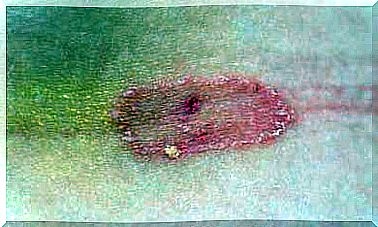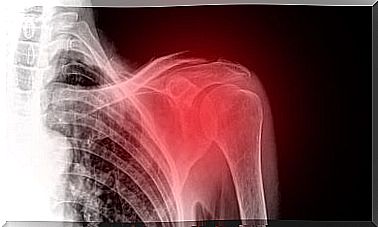Pericardiocentesis What Is It And What Does It Consist Of?
Pericardiocentesis is defined as a type of medical technique that involves the patient’s pericardium. In this way, specialized instruments are used (as a general rule a very fine needle is used). Thus, the medical team is able to extract fluid from the subject’s pericardial sac in a short intervention.
On the other hand, the pericardium is an internal structure shaped like a sac or cavity that houses the heart in the usual way. Likewise, it is composed of two layers (the fibrous pericardium and the fibrous pericardium) that present different characteristics. We can differentiate between:
Fibrous pericardium
It is the outermost envelope and has a triangular or conical shape. In addition, it is made up of very resistant tissue that limits the expansion and relaxation movements of the heart (diastole and systole, respectively). It is also capable of keeping the heart in a firm position regardless of the physical activity we do. This is because the pericardium joins the diaphragm through the pericardiophrenic ligament.
Serous pericardium
It is located in the internal area of the pericardium. In this way, it is made up of two envelopes:
- Parietal pericardium. In this case, the layer is attached to the inner part of the fibrous pericardium.
- Visceral pericardium. It is located directly on the heart muscle or myocardium.
Thus, between the two types of pericardium there is a separation or space that is called the pericardial cavity. It also contains a fluid that acts as a lubricant between the two layers and reduces friction. In this way, normal heart movements can occur without tearing in these sheaths.
How is the pericardiocentesis procedure performed?
Generally, the intervention takes place in a specialized medical center such as hospitals. First, an IV is placed in the patient in case medication is needed.
As a general rule, drugs are used during the procedure to remedy a decrease in blood pressure. They can also be given to treat an arrhythmia during pericardiocentesis. Arrhythmia is an alteration of the normal heart rhythm in the individual.
The upper abdominal area (just below the breastbone) will then be cleaned with the appropriate material. An anesthetic will also be used in the area to avoid discomfort caused by the needle stick.
Later, the medical team will position the needle in the most suitable way thanks to an echocardiogram (which uses ultrasound). Once located, the needle is exchanged for a catheter (a probe) through which the fluid from the pericardium will circulate to the external environment. The drainage is normally maintained for several hours during which the patient will be monitored continuously.
On the other hand, in more complicated or serious cases, specialists often resort to surgical pericardiocentesis. During this modality, fluid is transferred from the pericardial cavity to the abdominal or pleural cavity. Finally, the fluid is extracted to the external environment.
Recommended preparation before carrying out the operation
As in other surgical procedures, the patient must give their consent before surgery. The corresponding doctor will inform you of the technique to follow, the possible side effects or risks, and whether prior preparation is necessary by the patient.
It is also of great importance to inform the specialists of the medication that you normally use. Especially if the subject is currently taking anticoagulant compounds. Other information to know is the presence of heart disease or heart disease, if you think you could be pregnant, etc. Either way, the patient should avoid eating or drinking in the hours prior to the operation.
Likewise, the experts should be told if the person has developed an allergy to the materials that will be present in the intervention, to certain medications, etc.
What can you experience during pericardiocentesis?
Thanks to the use of anesthesia, the patient will only feel a sensation of pressure in the puncture area. You may also feel this impression as the medical team places the needle in the correct position within the chest cavity. During this part of the intervention, the subject may have discomfort that can be alleviated with the use of analgesics.









